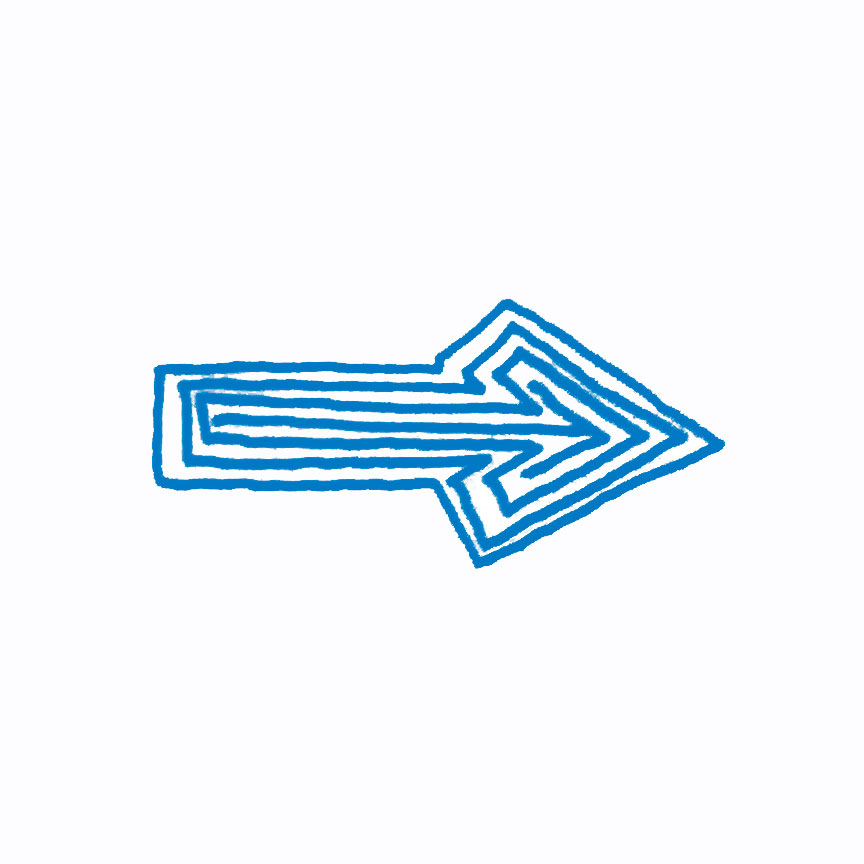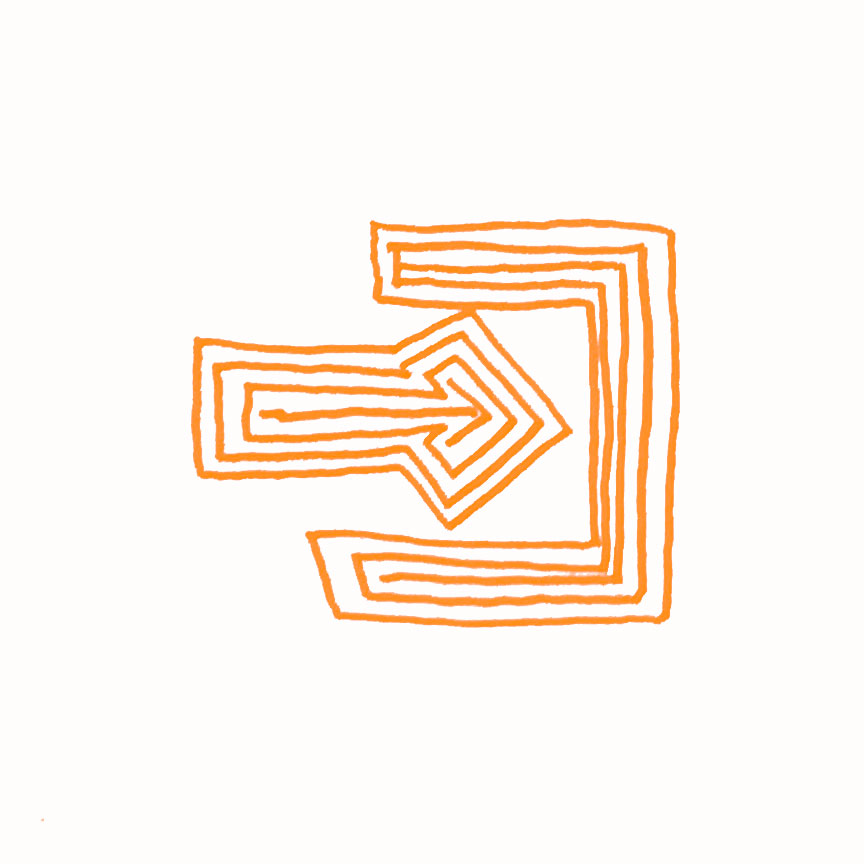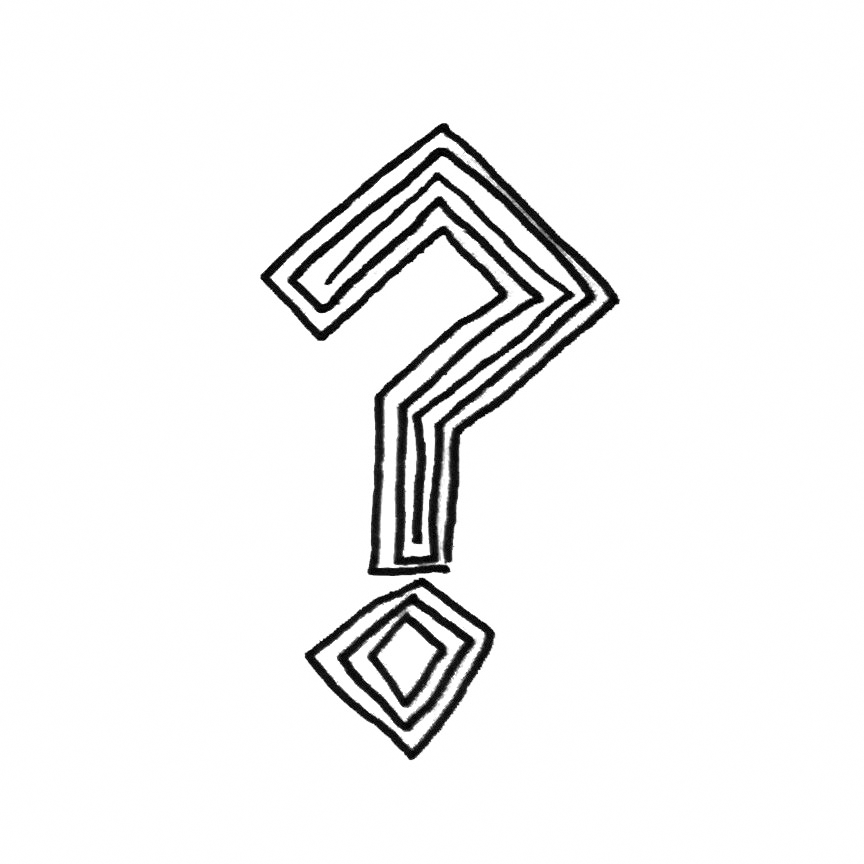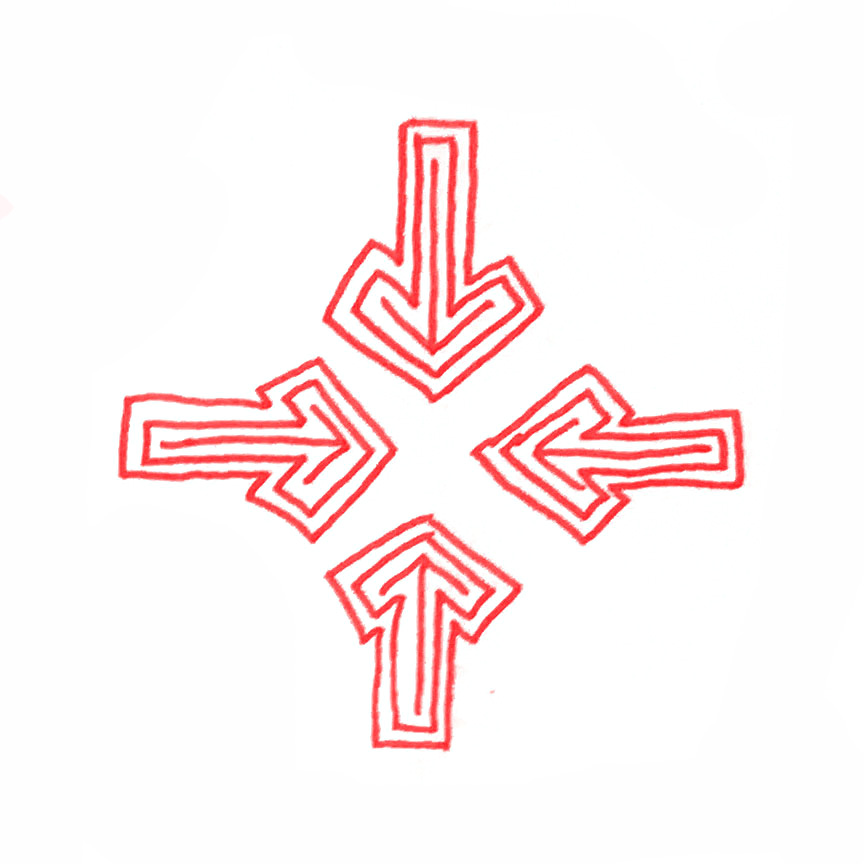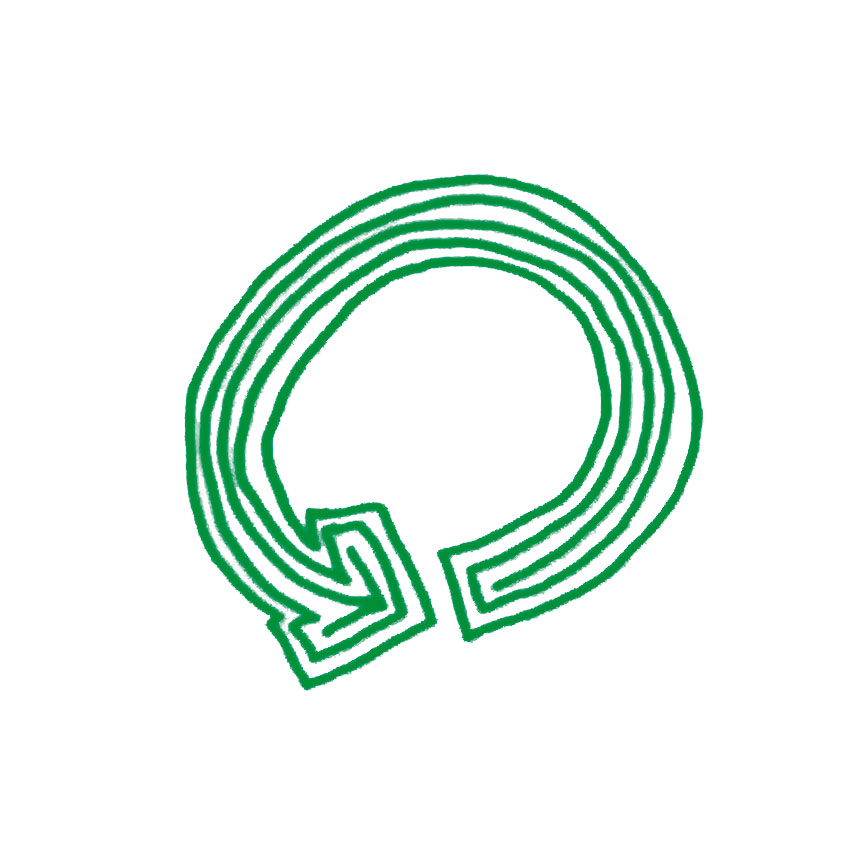Principles of Phase 4: Building Knowledge
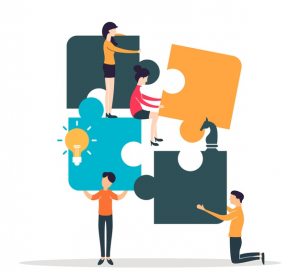
By sharing questions, exchanging answers and visualizing these processes in the classroom mind map, individual learning outcomes can become collective knowledge.
Collective knowledge construction is more effective, when the collaborative effort is planned as a continuous process during the work on the project, and not just as a series of presentations at the end of a project.
By structurally inquiring which progress is made and which learning outcomes can be shared in the classroom mind map, you make visible to the whole class that they are learning together. Planning regular two-minute mini-presentations, in which students can share their progress, is effective for providing continuous input to the mind map. The input from other lesson-activities can also be added to the classroom mind map.
Collective knowledge construction is fosters by organizing shared responsibility for each other’s questions. Then, students can monitor each other’s progress and can request or offer assistance when necessary.
Steps of Phase 4
Preparing for inquiry
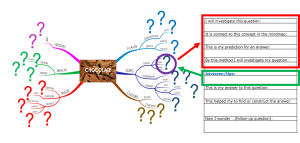
Students prepare for inquiry on work sheet & teacher provides feedback
The questions "adopted" by the students are recorded on a question-worksheet. On the worksheet, students do not only list their question, but also: which key concept is addressed, what they predict as an answer and which research strategy will be followed.
When the question-worksheets are handed in, the teacher can determine whether the suggested research strategy is feasible and if learning potential in the question will be unveiled. When necessary, the teacher can provide clues or practical suggestions, before allowing students to commence investigations.
Practical suggestions
Doing research
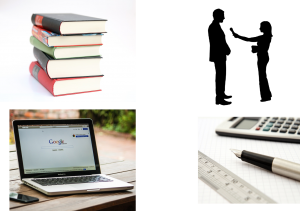
Students research their questions with various methods
Students study the learning questions independently, individually or in small groups. Depending on the type of question, this will be a search activity (if "existing" knowledge can be found) or more a research activity (if "new" knowledge has to be constructed).
Practical suggestions
Answering questions
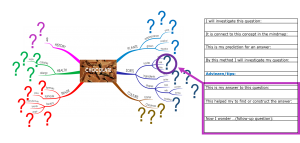
Answers are processed and linked to the classroom mindmap
The individual answers to questions are linked to the classroom mind map to visualize their contribution to the collective knowledge construction.
Let students record on the work-sheet how they found an answer. In this way, students can reflect upon their chosen research strategy later on. Was their initial research strategy the most effective?
Students can exchange their learning outcomes in various ways, such as: textual (poster, report, ppt), creative (model, construction), communicative (discussion, debate) or expressive (drama, dance).
Practical suggestions
Visualize knowledge construction
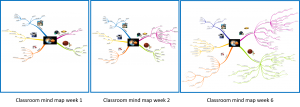
Monitoring collective knowledge construction in the classroom mind map
In the scenario, the answers to the various questions are conceived as the building blocks for collective knowledge construction.
The classroom mind map represents the collective knowledge. By saving a new ver-sion of the mind map every working day, it becomes possible to show the develop-ment of collective knowledge.
In order to ensure thorough understanding of the core curriculum, it is essential to have regular whole-class discussions on the development of classroom mind map.
Practical suggestions
Follow-up questions
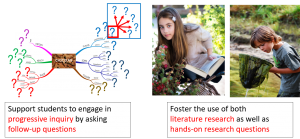
Encourage the use of follow-up questions
Basic fact-seeking questions can thus develop into operational questions
Student understanding is deepened, when their answers raise new questions. Therefore, encourage students to ask follow-up questions.
Encourage students not only to seek information, but also to find opportunities to research (aspects of) the question in daily live. This deepens the learning experience.
Practical suggestions

